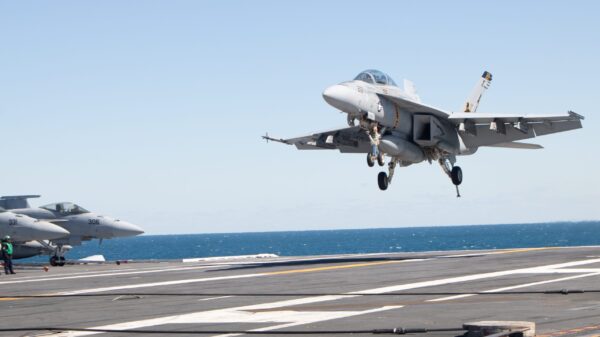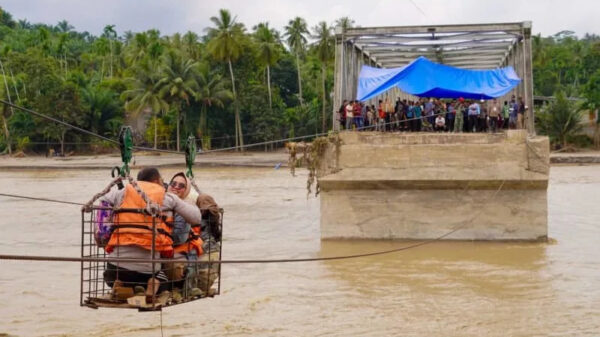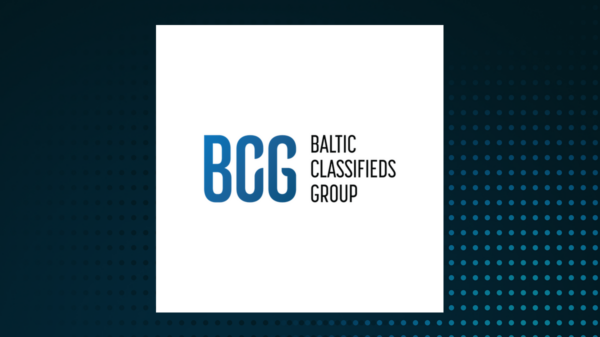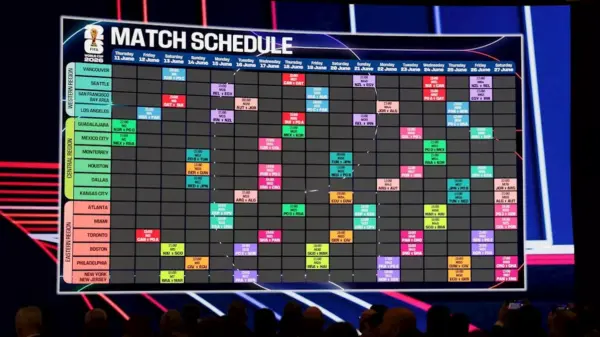On August 15, 1945, Japan officially surrendered, marking a significant turning point in World War II and bringing an end to nearly six years of conflict. This decision followed Japan’s initial offer to surrender on August 10, which was deemed unsatisfactory by American officials due to its conditional nature regarding the role of the Emperor.
The Japanese government accepted the terms of unconditional surrender but included a clause that retained the Emperor’s prerogatives. In response, Secretary of State James F. Byrnes prepared a message for President Harry Truman, clarifying that the Emperor’s authority would be subordinate to the Supreme Commander of the Allied Powers. Byrnes stated, “From the moment of surrender, the authority of the Emperor and the Japanese Government to rule the state shall be subject to the Supreme Commander of the Allied Powers.”
After Japan failed to respond by August 13, Truman ordered a resumption of military pressure. On August 14, forces led by General Curtis LeMay launched a series of bombing missions across Japan. Out of 828 B-29 bombers dispatched, 749 successfully hit their targets, along with additional fighter support. This show of military force was intended to reinforce the urgency of Japan’s situation.
The Japanese Emperor worked closely with his advisors to draft an imperial rescript announcing the decision to surrender. This rescript was signed at 20:30 local time on August 14 and was recorded for broadcast. As tensions escalated, a group of military officers attempted to seize the imperial rescript and prevent its announcement; however, power outages in Tokyo helped thwart their efforts.
Meanwhile, in Washington, D.C., President Truman received confirmation of Japan’s acceptance of the surrender terms shortly before 18:00 on August 14. The message outlined the Emperor’s commitment to ensure the signature of the necessary surrender documents and to command all military forces to cease operations. Truman addressed the media at 19:00 Eastern War Time, sharing the news of Japan’s surrender with the world.
At noon on August 15, the Emperor’s recorded message was broadcast throughout Japan, urging the nation to unite and focus on rebuilding for the future. The rescript emphasized the importance of fostering a spirit of cooperation and resilience among the Japanese people.
The surrender also had significant geopolitical implications. Following the atomic bombings of Hiroshima and Nagasaki, Soviet Premier Joseph Stalin expressed his anger at being sidelined from the post-war arrangements in Japan. On August 16, he suggested that Soviet forces occupy northern Hokkaido Island. Truman, however, had already determined that Japan would not be divided, and he rejected Stalin’s proposal, insisting that all Japanese forces surrender to General Douglas MacArthur.
Stalin ultimately accepted the American position, recognizing the military might of the United States and the need to focus on European interests as the Cold War began to take shape. With Japan’s surrender confirmed, the focus shifted to the logistics of occupation and the humane treatment of prisoners of war.
This moment not only marked the conclusion of World War II but also set the stage for Japan’s post-war reconstruction and the eventual establishment of a democratic government, shaped by the will of its people.






































































